One of the unique features of India that attracts those who love to explore is its cultural and religious diversity. This diversity is most evident in Indian religions.
As of now, India’s population is approximately 1.42 billion people. India is the second most populous country in the world after China. For many people, India has been the cradle of many different cultures and religions over the centuries.
1. India is the homeland of Hinduism (Hinduism)
Currently there are about 1.2 billion Hindus in the world, 95% of whom live in India. With such a large Hindu population, this Indian religion is increasingly becoming the most popular religion in the region, with about 79.8% of the total Indian population identifying themselves as Hindus. .
Experts have dated Hinduism to 4,000 years ago. Although many people associate it with the original Indus Valley Civilization, it had no specific beginning but was instead built over many years.
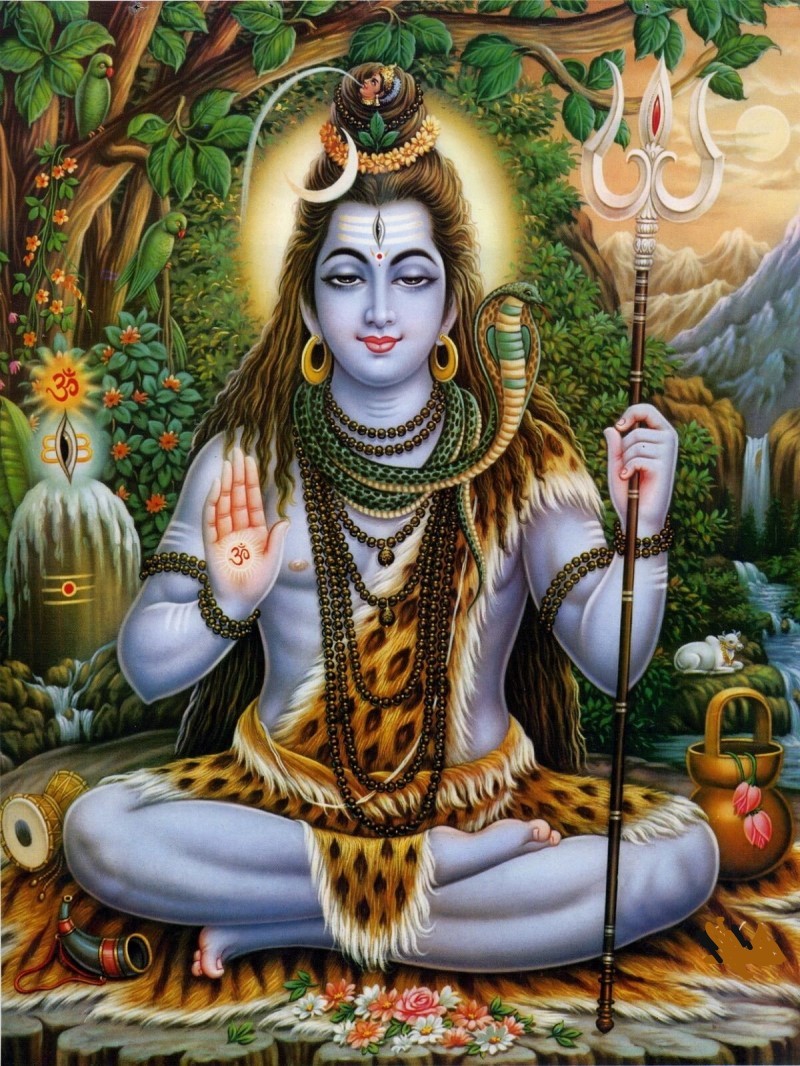
Based on a variety of practices and philosophies, it is more of a way of life than a religion in the traditional sense. In general, Hindus follow strict moral principles and believe in concepts such as reincarnation and karma.
Most Hindus are monotheists, meaning they worship a single god – in this case Brahman – but they acknowledge the existence of other gods. Besides, they do not eat some types of meat such as beef and some other animals, because cows in India are considered sacred like a god.
2. Islam – the 2nd largest religion in the world
Islam is the second largest religion in the world with 1.8 billion followers. In fact, India has the third largest Muslim population in the world after Indonesia and Pakistan.
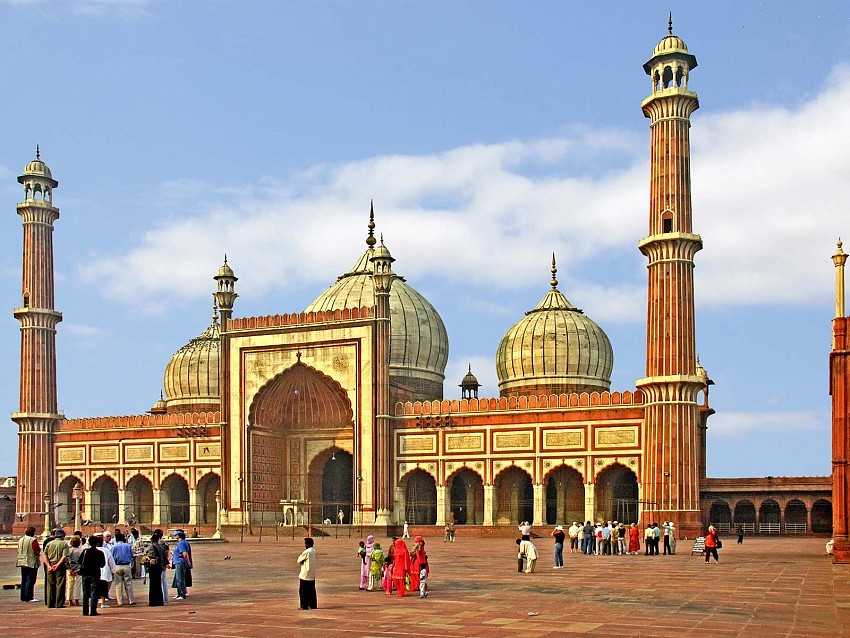
Although Islam is older, experts believe that Islam has existed since the 7th century. It originally originated in Mecca (a city in present-day Saudi Arabia) during the lifetime of the prophet Muhammad. Unlike Hinduism, Islam is a monotheistic religion. This religion preaches the word of Allah (or God), which was initially revealed to Muhammad through an angelic messenger.
When Arab traders first arrived in India, Islam became the dominant religion in India. Along with these traders came missionaries who tried to convert many Indian communities to Islam.
3. Christianity – one of the Indian religions
With approximately 2.3 billion followers, Christianity is the world’s largest current religion. In the country of India, this is the third most popular religion. About 2.3% of the total population believes in Christianity.
Like Islam, Christianity is a monotheistic religion, but God is an entity made up of three parts: Father, Son, and Holy Spirit. Christians believe that Jesus will one day return to earth.
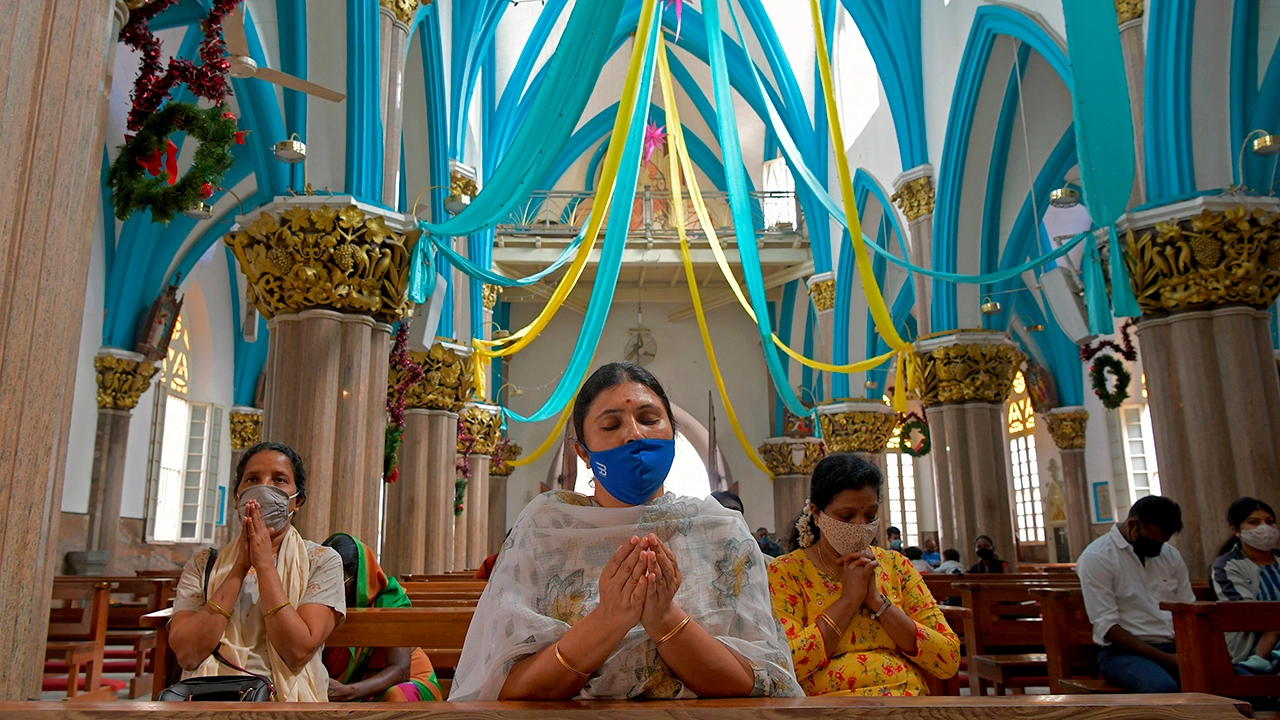
This is how it is described in the Bible, the most sacred text of Christianity, which is divided into two halves: the Old Testament and the New Testament.
Christianity was first introduced to India around 52 AD, when the Apostle Thomas first visited the country. As one of the Twelve Apostles of Jesus Christ, Thomas founded several congregations and converted many Jews and Hindus. His early efforts were bolstered by continued missionary work over the centuries.
4. Sikhism (Sikhism) – the 5th most popular Indian religion in the world
Sikhism is the fifth most popular religion in the world, with about 25 million followers. Although Sikhs make up only 1.7% of India’s total population, the country has the largest number of Sikhs in the world. About 77% of these 1.7 people live in the northern Indian state of Punjab.
It is perhaps not surprising that Sikhism originated in Punjab around the late 1400s. It is largely based on the spiritual teachings of Guru Nanak and nine other gurus who continued the work of grandfather. Like Hinduism, it is considered both a philosophy and a religion. Although many Sikhs deny the following claims, scholars claim that Sikhism first evolved from Hinduism.
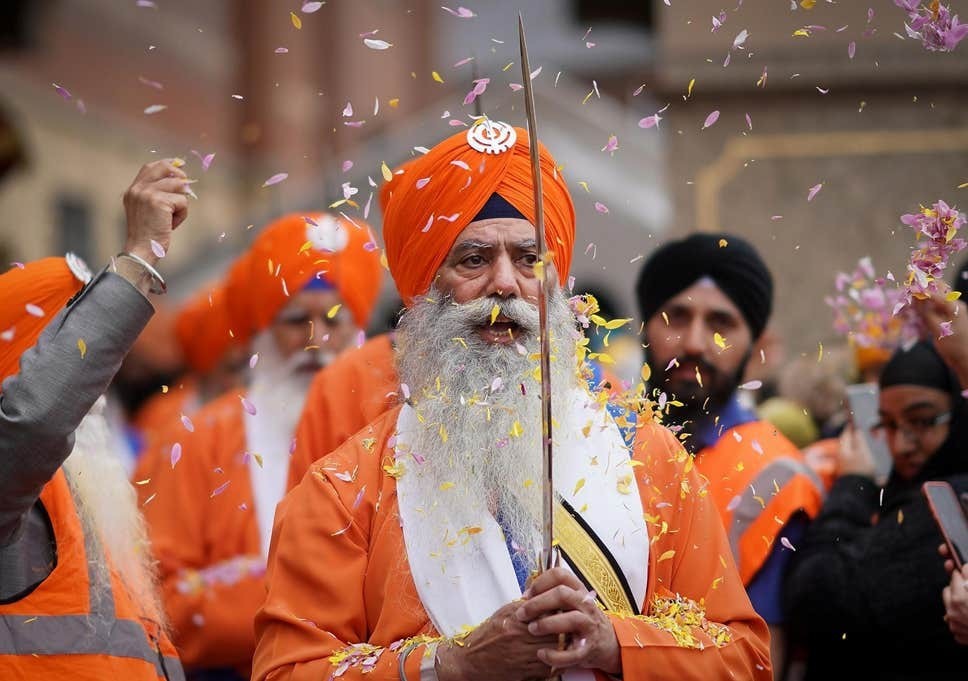
Sikhism – a monotheistic religion that preaches equality. Sikhs have believed that if you have a good life, you can be rewarded with being with God after death, otherwise you can be reincarnated or forced to live again.
The special point is that there is no designated day of the week for worship, unlike Christianity, which promotes the belief that Sunday is God’s day.
5. Buddhism – India is where Buddha was born
There are about 535 million believers and 8-10% of the world’s population are Buddhists. Buddhism was founded in India about 2,500 years ago, it has spread to Asian countries such as Thailand, Cambodia and Vietnam. Currently, 3.7% of India’s total population are Buddhists.
Buddhism originated from Siddhartha Gautama – Buddha – in the fifth century BC when Day had achieved a spiritual state of enlightenment. Buddha is not considered a god, but in reality Buddhists do not believe in any gods.
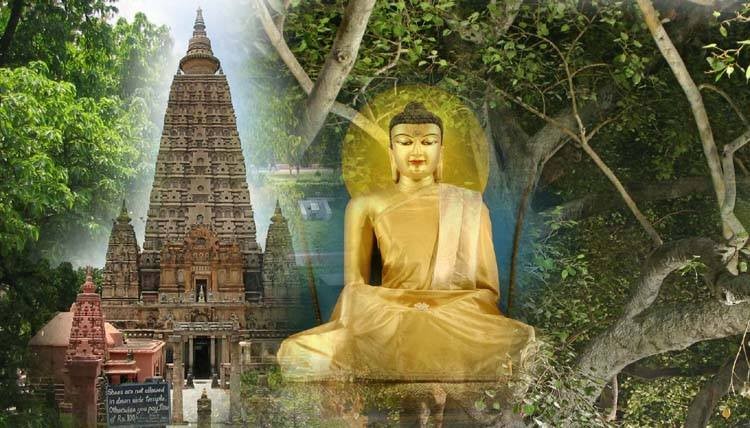
Instead, like Buddha, they channel their energy to achieve inner peace. For this reason, meditation is a very popular practice.
Buddhism, as a religion and a way of life, often promotes altruism and tolerance towards others. It continues to develop and includes familiar concepts of reincarnation and karma.
6. Jainism – a determined and courageous Indian religion
There are currently six million Jains in the world. About 4.5 of these 6 million people live in India, accounting for 0.4% of the country’s total population.
While Jainism still exists according to its official teachings, experts trace its origins to the Indus Valley civilization. In short, this is a religion based entirely on altruism. It preaches that the path to inner peace is through compassion and concern for others.
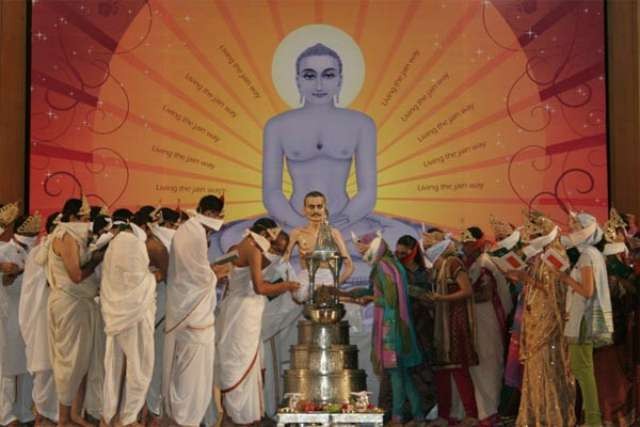
Quite similar to Buddhists, Jains do not believe in any specific god. However, they believe that all animals and plants, with the exception of humans, have souls and should therefore be respected. They also believe in rebirth and reincarnation; To be truly liberated is to escape this cycle of reincarnation and allow the soul to exist in a state of eternal bliss.
7. Zoroastrianism (Fire worship, Fire demonism,…)
Zoroastrianism is considered one of the oldest Indian religions in the world. Recent estimates place the number of Zoroastrians at no more than 200,000, most of whom live in Iran and India.
This religion is named after the prophet Zoroaster, although it is not clear exactly when he lived. Zoroaster had a vision of the ultimate reality, a benevolent entity he called Ahura Mazda.

Since then, Zoroastrianism has evolved into a religion that focuses primarily on the dualistic concepts of good and evil. Given its ancient origins, many experts believe it may have influenced other major religions, including Christianity and Islam.
8. Other Indian religions
About 0.9% of the total Indian population follows a religion that is not on the list of official religions. These religions include Judaism and the Baha’i Faith.
Although Judaism has few followers, it is one of the earliest foreign religions introduced to India. It is believed that the first Jews settled along the Malabar coast. They were part of the Ten Lost Tribes that were forced to leave the Kingdom of Israel after the Assyrians conquered it in the 8th century. In India, they are free to practice their faith and have time to adapt to the local culture. Today, there are about 5,000 to 7,000 Jews in India.
Baha’i faith – a new religion established in Iran in the mid-fourteenth century. It defends the unity of all religions and people and advocates the elimination of prejudice. It arrived in India around the time of its birth, when Jamal Effendi, a devoted follower, came to spread the word.

